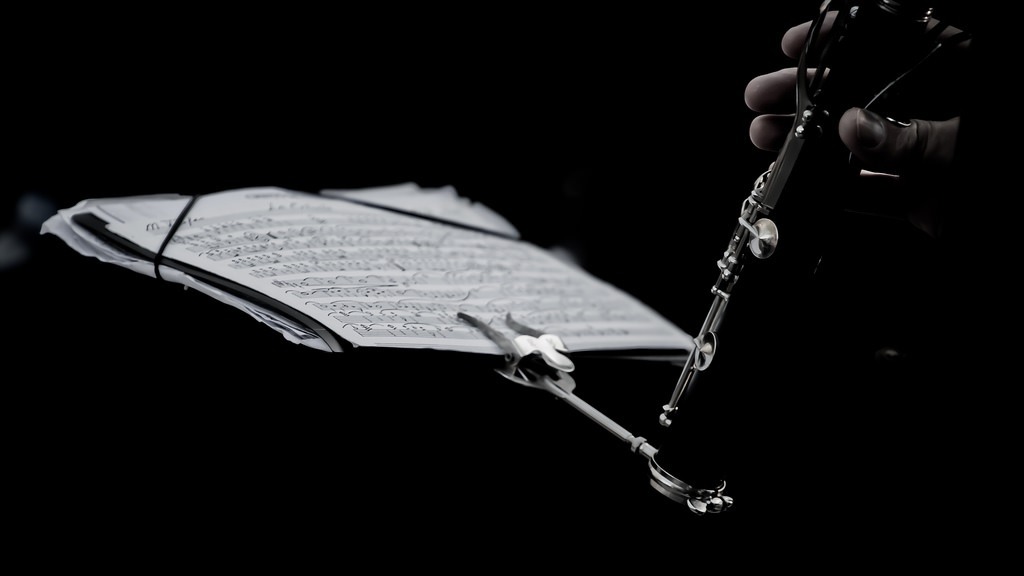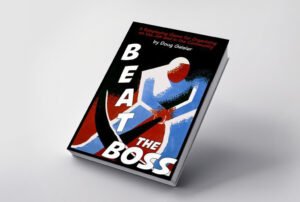
This story is interesting because it exhibits the need to respond to inaccurate or misleading press reports when they provide a warped view of a local nonprofit—in this case, the Minnesota Orchestra.
Some of our readers will remember NPQ’s coverage of the lockout of the Minnesota Orchestra’s musicians in 2013 and 2014. A contract dispute with the musicians lasted a long 16 months and led to the resignation of the orchestra’s president and a number of board members. In the midst of all of this, donors and local elected officials got involved, and at a certain point, the orchestra’s control of its performance hall and its endowment appeared to be in question.
In the final contract, the musicians agreed to a 15 percent pay cut, as contrasted with the proposed 35 percent cut that caused the lockout. Since that time, the orchestra has rebuilt itself under new management, recently making a high-profile trip to play in Cuba as that became possible. Then, in May of this year, the orchestra announced it would not wait until the current contract’s expiration in 21 months to give raises to its musicians and to music director Osmo Vänskä and to raise the number of musicians in the orchestra from 84 to 88. These new agreements were unveiled around the same time as word spread of the $5 million gift from Doug and Louise Leatherdale and a $1.5 million donation from Betty Jayne Dahlberg, with the latter explicitly intended to “help support the Minnesota Orchestra musicians’ agreement.”
The raises are hardly steep, with increases of between two and three percent each year for three years. Tim Zavadil, the chairman of the musicians’ negotiating committee, commented that the move was “a real vote of confidence in the future direction of this orchestra.”

But last week, nonprofit news outlet MinnPost republished an article printed more than two weeks before by Twin Cities Business that questioned the wisdom of making such “generous” raises, suggesting that to base those raises on a one-time gift endangers the sustainability of the orchestra.
In turn, some commentators are questioning and even damning the integrity of that coverage. Indeed, the article does seem to be more than a bit sloppy—or as one critic charged, “dreck.”
The article quotes Charles “Mel” Gray, a professor of business economics at the University of St. Thomas, who says, “The problem is not solved; the problem is just postponed… A one-time gift can tide us over. But we are buying time and that time is going to expire, and we are right back in the thick of things.”
According to MinnPost and TCB, Gray believes that the orchestra “still has problems on the cost side. Somewhere down the road there will have to be an adjustment.” The musicians, he warns, should not buy expensive houses. (On a 2.5 percent annual increase? Sigh.)
In fact, there is nothing wrong with the principle of not depending on a one-time gift to pay for an ongoing permanent cost increase, but the notion also has its limitations. If you are viewing your use of that one-time gift as capital to build a more permanent revenue mix and you have a plan to go with it, the whole picture changes. We assume Gray knows this.
Sign up for our free newsletters
Subscribe to NPQ's newsletters to have our top stories delivered directly to your inbox.
By signing up, you agree to our privacy policy and terms of use, and to receive messages from NPQ and our partners.
Other observers have criticized the coverage as being sloppy. In particular, in Emily Hogstad’s blog, Song of the Lark, and Scott Chamberlain’s, Mask of the Flower Prince, we find searing critiques. Both write that Mel Gray never spoke out during or after the lockout, nor had he been cited as an expert analyst previously, although the article suggests he has been tracking the orchestra’s finances since the 1990s. They ask, where has he been during the entire public commentary? Then, both bloggers go about taking the article apart point by point, citing it for problems of context, fact, and analysis.
Those responses are worth reading, but we are particularly interested in some of their commentary in the responses to this article on the issue of sustainability. In fact, in the body of the article, Kevin Smith, the orchestra’s new president and CEO with a long successful track record in the opera, is quoted as saying the new agreements are actually an investment in the organization’s stability, building its ability to attract by building on its world-class musicianship. In that context, using one-time money for raises rather than a one-time bonus makes sense. “There is nothing you can do to establish in perpetuity the [complete] financial security of an arts organization,” Smith says.
Chamberlain writes:
The purpose of the Minnesota Orchestra is not to provide a high rate of return for investors, but to present world-class music for the community. I do not mean to imply that finances are unimportant, but no one will support the Orchestra through ticket sales or donations if it is not fulfilling this mission of presenting great music. Stabilizing the artistic product has to happen to attract ticket sales and donations, and these in turn will stabilize the organization’s finances. Kevin Smith gets this.
So again, there is nothing mysterious, irresponsible, or nefarious about what’s happening. The musicians’ contracts are designed to achieve long-term stability, and large gifts are being used in the short term to support these contracts while the Orchestra works toward long-term solutions. The long-term solutions the Orchestra is working on correctly prioritize the Orchestra’s artistic product, in recognition that that’s the most effective way to build support for the organization.
As many NPQ readers know, arts organizations across the country were affected extraordinarily badly by the recession, and the result in a number of organizations was payroll cost-cutting in the name of sustainability. Hogstad writes, “Much like the ideas of American exceptionalism or precooked meat products, the concept of sustainability in the orchestra world has been used to justify some truly terrible stuff.” Scott Chamberlain addresses such “willful” misuses of the notion of sustainability among arts groups and other nonprofits in another post, “Making Sense of Sustainability.”
But those same organizations, as has been shown by the Urban Institute, are bouncing back in a truly remarkable way, albeit with the challenges posed by the 21st-century environment. (By the way, Hogstad also reports that “the musicians are blowing a portion of their apparently-soon-to-be-vanished ‘generous raises’ on supporting their own institution. […] They pooled together $26k to serve as a match to encourage community members to donate. So whether you can chip in $5, $50, or $500, know it will be doubled!”)
In the end, the best laid plans for sustainability, as Smith says, can be dashed by external forces, and starvation of the corpus can be just as destructive as budget obesity. For this orchestra, the early-made investment probably goes a long way toward establishing a culture of shared cause where a relationship had been badly broken. In terms of symbolic acts, it could be seen as a masterstroke.












